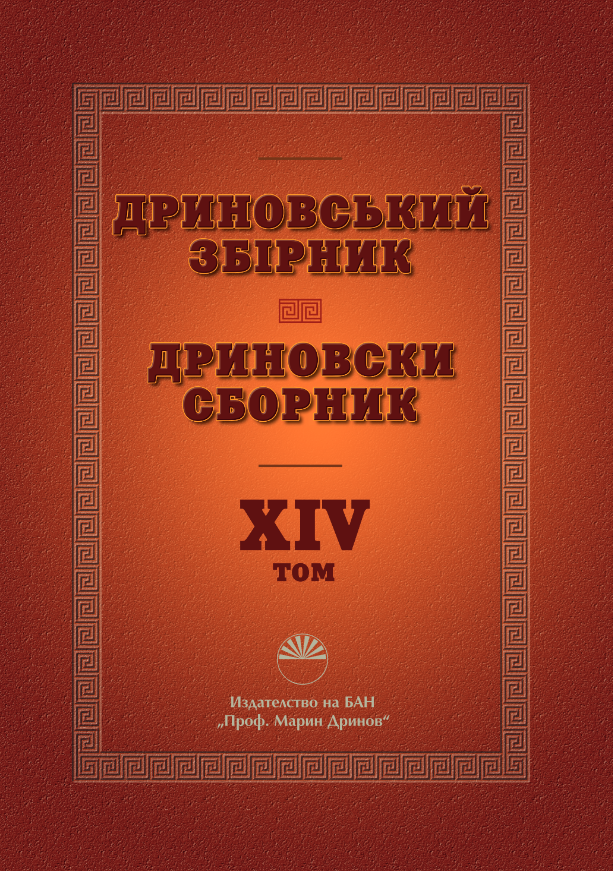The key achievements of Montenegrin foreign policy in the context of Euro-Atlantic integration during 2006–2017
Abstract
The article reveals the study of the main achievements in Montenegrin foreign policy after 2006. As NATO membership is supposed to be the most resonate goal, the authors analyse the obstacles Montenegrin authorities challenged on the course to its Euro-Atlantic integration during 2006–17. Unlike state-building processes in other post-Yugoslav countries, Montenegrin issue was solved with the EU involvement of mediation into the settlement of clashing interests between Serbia and Montenegro in 2002.
One of the fundamental reasons for the dissolution of the State Union of Serbia and Montenegro is a disagreement in economic and political priorities. Both historically and culturally, Serbs and Montenegrins have a lot in common: the two speak the same language and adhere to the same Orthodox faith. However, due to political and economic circumstances in 1996, a misunderstanding among Montenegrin leadership arose. Furthermore, Slobodan Milosevic’s follower Milo Djukanovic had started to keep the distance between them while enthusiastically raising the question of independence and the EU integration establishment political course.
Noticeably, that the attitude of the EU towards Serbia and Montenegro tended to be different. Hence, for the reconstruction needs, Montenegro had been funded much better than Serbia. The difference in assistance given by the EU explains how the Balkan country leaders were ready to compromise and acknowledge their mistakes.
At the present-day circumstances, it is possible to observe how the past of Montenegro has been its either power source or a stumbling block in the process of European and Euro-Atlantic integration. For many years, an enduring leader and current president of Montenegro Milo Djukanovic has been attempting to build a European society emphasising the value of Montenegrin citizenship for Europe.
In conclusion, Montenegro is a phenomenal Balkan country that had not become a war theatre in the 1990s and gained its awaited sovereignty peacefully and compromisingly only in 20006. There have been many disputes regarding the necessity of the dissolution between Serbia and Montenegro. However, the independent course of the last has had positive outcomes regarding the foreign policy achievements such as NATO full membership in 2017.
Downloads
References
Chicago Summit Declaration Issued by the Heads of State and Government participating in the meeting of the North Atlantic Council in Chicago on 20 May 2012. NATO Press Release (2012) 062. Чикаго, 2012. URL: http://piaorig-jjj.pia.nato.int/cps/uk/natohq/official_texts_87593.htm?selectedLocale=en (Date of the application 12.01.2021).
Cingel, J. Montenegro on the Way to NATO. Globsec Policy Institute. 2017. 6 p. (In Serbian).
Darmanovic, S. Montenegro: A Miracle in the Balkans? Journal of Democracy. Johns Hopkins University Press. Vol. 18. No.2. 2007. P. 152–159.
Final Communique Meeting of the North Atlantic Council in Defence Ministers session held in Brussels on Thursday, 8 June 2006. NATO Press Release (2006) 064. Brussels, 2006. 4 p.
House of Commons Hansard Answers 10 March 1998, 308, col. 95–184. URL: https://parlipapers.proquest.com/parlipapers/docview/t71.d76.cas6cv0308p0-0002 (Date of the application 9 August 2019).
Massari, M. Do All Roads lead to Brussels? Analysis of the Different Trajectories of Croatia, Serbia-Montenegro and Bosnia-Herzegovina. Cambridge Review of International Relations. Vol. 12. No. 2. Cambridge, 2005. P. 259–273.
Official document – Protocol to the North Atlantic Treaty on the Accession of Montenegro. 2016. 8 p.
Riga Summit Declaration Issued by the Heads of State and Government participating in the meeting of the North Atlantic Council in Riga on 29 November 2006. NATO Press Release (2006) 150. Riga, 2006. URL: http://piaorig-jjj.pia.nato.int/cps/uk/natohq/official_texts_37920.htm?selectedLocale=en (Date of the application 12.01.2021).
Starting Points for the Restructuring of the Relations between Serbia and Montenegro (Belgrade Agreement). United Nations Organisations. 2002. 2 p.
Statement by NATO Foreign Ministers on Open Door Policy. NATO Press Release (2015) 175. 2015. 3 p.
Tadic, T., Tabak I. Montenegro at a crossroads. Euromesco Policy Brief. No. 74. 2017.16 p.
The Analysis of the Public Awareness Campaign Results on the Role of Citizens in the Decision-making Process on NATO Integration of Montenegro Proposal Practical Policy. CEDEM. Podgorica, 2014. 9 s. (In Serbian).
The Security Sector Reform in Montenegro 2009–12. CEDEM. Podgorica, 2012. 40 s. (In Serbian).
Warsaw Summit Communique Issued by the Heads of State and Government participating in the meeting of the North Atlantic Council in Warsaw 8-9 July 2016. NATO Press Release (2016) 100. Warsaw, 2016. URL: http://piaorig-jjj.pia.nato.int/cps/uk/natohq/official_texts_133169.htm?selectedLocale=en (Date of the application 12.01.2021).

